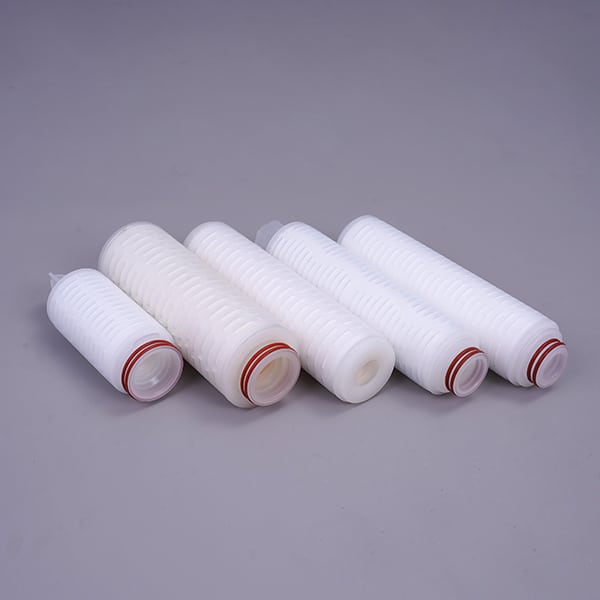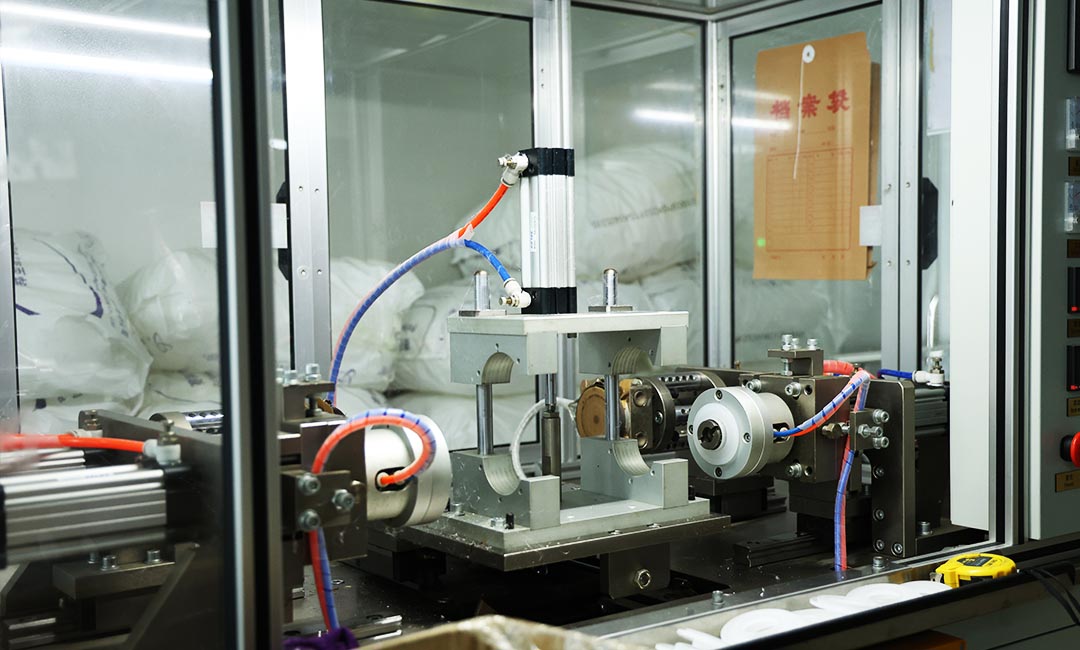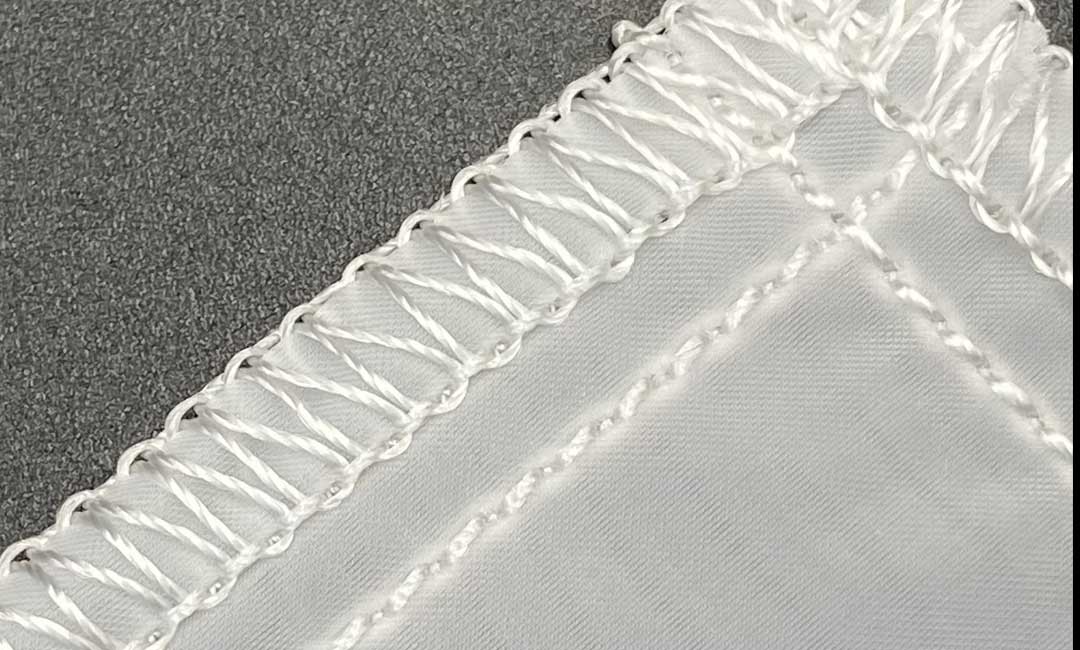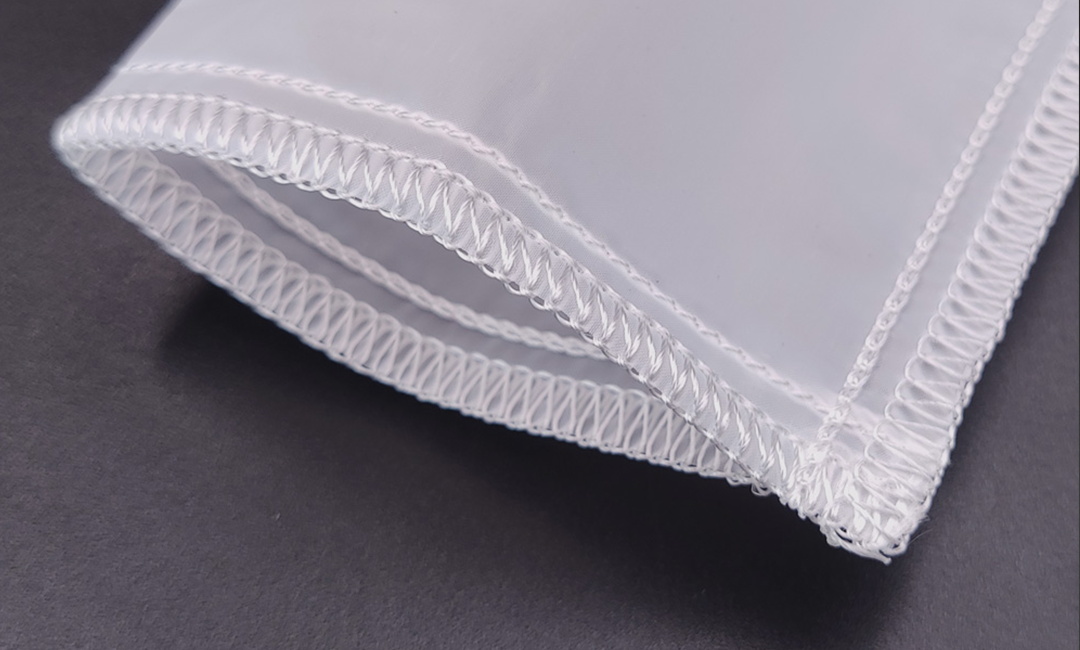
Micron Ratings Explained: The Best Choice for Your Rosin Press
Understanding Micron Ratings for Rosin Pressing
When it comes to using a rosin press for extracting cannabis concentrates, one of the key factors to consider is the micron rating of the filter bags used during the pressing process. Micron ratings play a crucial role in determining the quality and yield of the rosin produced, making it essential for users to understand how they work and which micron rating is best suited for their needs.
Micron ratings refer to the size of the openings in the filter bags, which are measured in microns. A micron is a unit of measurement that is equal to one-millionth of a meter, making it a very small unit of measurement. The smaller the micron rating of a filter bag, the finer the particles it can filter out during the pressing process.
Filter bags with lower micron ratings, such as 25 or 37 microns, are ideal for pressing high-quality rosin with a clean and pure appearance. These bags are capable of filtering out even the smallest particles, resulting in a more refined and potent final product. However, it is important to note that using filter bags with lower micron ratings can also lead to a lower yield, as some of the desirable compounds may be filtered out along with the impurities.
On the other hand, filter bags with higher micron ratings, such as 90 or 120 microns, are better suited for pressing larger quantities of material or for those who prioritize yield over purity. These bags allow more material to pass through the filter, resulting in a higher yield but potentially lower quality rosin. While the rosin produced may not be as pure or potent as that produced with lower micron bags, it can still be suitable for certain applications.
When choosing the right micron rating for your rosin press, it is important to consider your specific needs and preferences. If you prioritize quality and purity over yield, opt for filter bags with lower micron ratings. Conversely, if you are looking to maximize your yield and are willing to sacrifice some purity, higher micron bags may be more suitable for your needs.
It is also worth noting that some users prefer to use multiple filter bags with different micron ratings during the pressing process. This allows them to achieve a balance between yield and quality by using a combination of bags with varying micron ratings. For example, using a 25-micron bag as the first filter followed by a 90-micron bag can help capture the finest particles while still maximizing yield.
In conclusion, understanding micron ratings is essential for anyone using a rosin press for extracting cannabis concentrates. By choosing the right micron rating for your filter bags, you can tailor the quality and yield of your rosin to suit your specific needs and preferences. Whether you prioritize purity or yield, there is a micron rating that is best suited for you. Experimenting with different micron ratings and combinations can help you find the perfect balance for your rosin pressing needs.
How to Choose the Right Micron Rating for Your Rosin Press
When it comes to using a rosin press, one of the most important factors to consider is the micron rating of the filter bags you use. Micron ratings refer to the size of the openings in the filter material, which determines the size of the particles that can pass through. Choosing the right micron rating for your rosin press is crucial for achieving the best results and maximizing the yield of your extraction.
The most common micron ratings for rosin press filter bags are 25, 37, 90, and 120. Each micron rating has its own advantages and is suitable for different types of material and extraction methods. Understanding the differences between these micron ratings will help you make an informed decision when selecting filter bags for your rosin press.
A 25-micron filter bag is the finest mesh size available and is ideal for processing high-quality material with small trichome heads. This micron rating is best suited for extracting top-shelf concentrates that require a gentle touch to preserve their delicate flavors and aromas. However, using a 25-micron filter bag may result in a lower yield compared to coarser micron ratings due to the smaller openings in the mesh.
A 37-micron filter bag is a versatile option that strikes a balance between filtration and yield. This micron rating is suitable for processing a wide range of materials, including flower, kief, and bubble hash. A 37-micron filter bag provides a good balance between purity and yield, making it a popular choice among rosin press users who want to achieve high-quality extracts without sacrificing too much on quantity.
A 90-micron filter bag is a coarser option that is commonly used for processing flower and trim. This micron rating allows for a higher yield compared to finer mesh sizes while still providing adequate filtration to produce clean extracts. A 90-micron filter bag is a good choice for users who prioritize yield over purity and are looking to maximize their extraction output.
A 120-micron filter bag is the coarsest option available and is best suited for processing larger quantities of material with a lower trichome density. This micron rating is ideal for extracting bulk material such as trim or shake, where purity may not be as important as yield. A 120-micron filter bag allows for faster extraction times and higher throughput, making it a practical choice for commercial operations or large-scale production.

In conclusion, choosing the right micron rating for your rosin press filter bags is essential for achieving the best results and maximizing your extraction yield. Consider the type of material you are processing, your desired outcome, and your priorities when selecting a micron rating for your filter bags. Whether you prioritize purity, yield, or versatility, there is a micron rating that will suit your needs and help you achieve the best possible results with your rosin press.
Comparing Different Micron Ratings for Rosin Press Filters
When it comes to using a rosin press, one of the most important factors to consider is the micron rating of the filter you use. The micron rating refers to the size of the openings in the filter, which determines what size particles can pass through. Different micron ratings are suitable for different types of material, so it’s essential to understand the differences between them to choose the best one for your needs.

The most common micron ratings for rosin press filters are 25, 37, 90, and 160. Each of these ratings has its own advantages and disadvantages, depending on the material you are pressing and the quality of the final product you are looking to achieve. Let’s take a closer look at each of these micron ratings to help you make an informed decision.
Starting with the lowest micron rating, 25-micron filters are the finest available and are best suited for pressing high-quality, fine material such as kief or bubble hash. These filters are excellent at capturing small particles and producing a clean, pure final product. However, because they are so fine, they can also clog more easily and require more frequent changing.
Moving up to a 37-micron filter, these are a good middle ground for pressing a variety of materials, including flower and trim. They offer a good balance between filtration and yield, capturing a decent amount of impurities while still allowing for a reasonable amount of material to pass through. This makes them a versatile option for those looking to press a range of different materials.
Next, we have the 90-micron filter, which is a popular choice for pressing flower. This rating strikes a good balance between filtration and yield, capturing a significant amount of impurities while still allowing for a decent amount of material to pass through. This makes it a versatile option for those looking to press flower without sacrificing too much yield.
Finally, the 160-micron filter is the coarsest option available and is best suited for pressing large amounts of material, such as trim or shake. While this rating may not capture as many impurities as finer filters, it allows for a higher yield and faster pressing times, making it a practical choice for those looking to process larger quantities of material quickly.
In conclusion, the best micron rating for your rosin press filter will depend on the type of material you are pressing and the quality of the final product you are looking to achieve. Fine filters like 25-micron are best for high-quality material, while coarser filters like 160-micron are better suited for larger quantities of material. Ultimately, it’s essential to experiment with different micron ratings to find the one that works best for your specific needs.
Tips for Achieving the Best Results with Micron Ratings on Your Rosin Press
When it comes to using a rosin press, one of the key factors that can greatly impact the quality of your final product is the micron rating of the filter bags you use. Micron ratings refer to the size of the openings in the filter material, which determines the size of the particles that can pass through. Understanding micron ratings and choosing the right one for your rosin press can make a significant difference in the yield, flavor, and overall quality of your rosin.
The most common micron ratings for rosin press filter bags are 25, 37, 90, and 120. Each micron rating has its own unique characteristics and is best suited for different types of material. For example, a lower micron rating like 25 or 37 is ideal for pressing finer material such as kief or bubble hash, as it will help to filter out smaller particles and produce a cleaner final product. On the other hand, a higher micron rating like 90 or 120 is better suited for pressing larger material like flower, as it allows for more airflow and can prevent blowouts.
When choosing a micron rating for your rosin press, it’s important to consider the type of material you will be pressing and the desired outcome. If you are working with finer material, a lower micron rating will help to capture more of the essential oils and terpenes, resulting in a more flavorful and potent rosin. However, if you are pressing larger material, a higher micron rating may be more appropriate to prevent the filter bag from clogging and ensure a smooth extraction process.
In addition to choosing the right micron rating, there are a few tips that can help you achieve the best results with your rosin press. First, make sure to properly pre-press your material before placing it in the filter bag. This will help to create a more even surface and ensure that the material is evenly distributed in the bag, leading to a more consistent extraction.

Another important tip is to use the correct amount of pressure when pressing your material. Applying too much pressure can cause blowouts or damage the filter bag, while not enough pressure may result in a lower yield. It’s important to find the right balance and adjust the pressure as needed to achieve the desired results.
Finally, it’s essential to monitor the temperature of your rosin press throughout the extraction process. Different strains and material types may require different temperatures to achieve optimal results. Experimenting with different temperatures and observing the effects on the final product can help you determine the best settings for your specific material.
In conclusion, understanding micron ratings and choosing the right one for your rosin press can greatly impact the quality of your final product. By selecting the appropriate micron rating, pre-pressing your material, applying the correct amount of pressure, and monitoring the temperature, you can achieve the best results with your rosin press and produce high-quality rosin every time.

